| Title | Drivers of change in biodiversity and ecosystem services in the Cantareira System Protected Area : A prospective analysis of the implementation of public policies |
| Publication Type | Journal Article |
| Year of Publication | 2020 |
| Authors | Dib, V, Nalon, MAurélio, Amazonas, NTavares, Vidal, CYuri, Ortiz-Rodríguez, IA, Daněk, J, de Oliveira, MFormis, Alberti, P, da Silva, RAparecida, Precinoto, RSalomão, Gomes, TFigueiredo |
| Journal | Biota Neotropica |
| Volume | 20 |
| Issue | 1 |
| Date Published | 05/2020 |
| Type of Article | Article |
| ISSN | 1676-0611 |
| Keywords | Biodiversity, Cantareira System Protected Area, Ecosystem services, GLOBIO, InVEST, Modeling, Scenarios |
| Abstract | The lack of implementation of well-designed public policies aimed at the conservation of natural ecosystems has resulted, at a global level, in the decline of ecosystem functioning and, consequently, of the contributions they make to people. The poor enforcement of important environmental legislation in Brazil - for instance, the “Atlantic Forest Law” (Law n.11.428/2006) and the “Forest Code” (Law n.12.651/2012) - could compromise the overall maintenance of ecosystems and the services they provide. To explore the implications of different levels of federal laws’ enforcement within the Cantareira System Protected Area (PA) - a PA in southeastern Brazil that provides fresh water for 47% of the Sao Paulo Metropolitan Area -, we developed a conceptual framework to identify indirect and direct drives of biodiversity and ecosystem changes. We also projected four land-use scenarios to 2050 to test the effects of deforestation control and forest restoration practices on biodiversity and ecosystem services maintenance: the “business-as-usual” scenario (BAU), which assumes that all trends in land-use cover changes observed in the past will continue in the future, and three alternative exploratory scenarios considering the Atlantic Forest Law implementation, the partial implementation of the Forest Code and the full implementation of the Forest Code. Using the land-use maps generated for each scenario, we assessed the impacts of land-use changes on biodiversity conservation and soil retention. Our results revealed all alternative scenarios could increase biodiversity conservation (by 7%; 12%; and 12%, respectively), reduce soil loss (by 24.70%; 34.70%; and 38.12%, respectively) and sediment exportation to water (by 27.47%; 55.06%; and 59.28%, respectively), when compared to the BAU scenario. Our findings highlight the importance of restoring and conserving native vegetation for the maintenance and improvement of biodiversity conservation and for the provision of ecosystem services. |
| URL | https://www.scielo.br/scielo.php?script=sci_arttext&pid=S1676-06032020000500201 |
| DOI | 10.1590/1676-0611-bn-2019-0915 |
| Refereed Designation | Refereed |
Zircon - This is a contributing Drupal Theme
Design by WeebPal.
Design by WeebPal.










